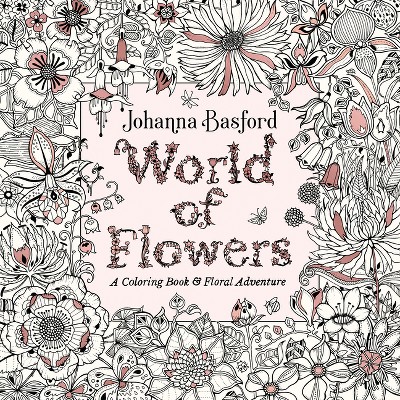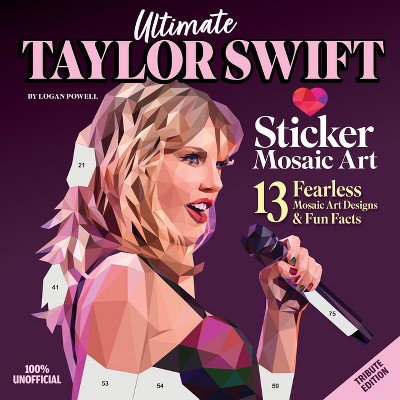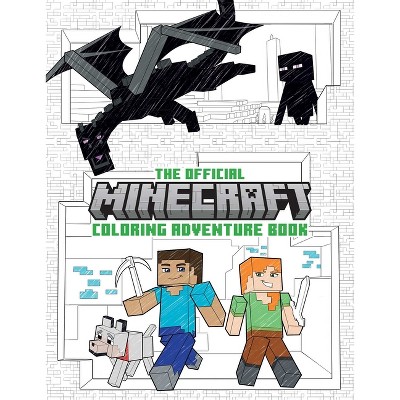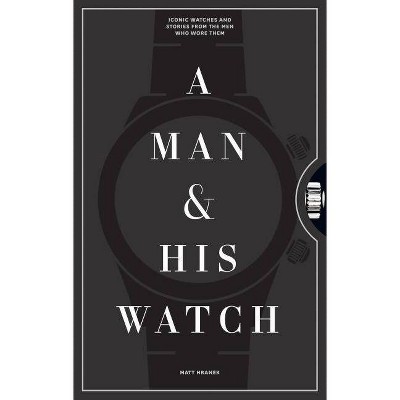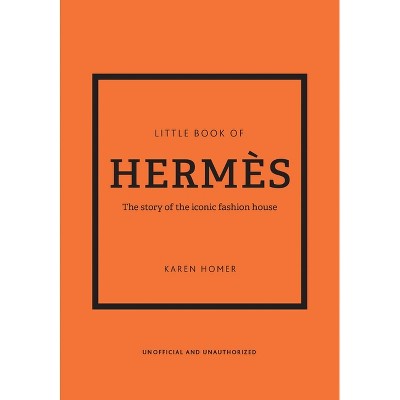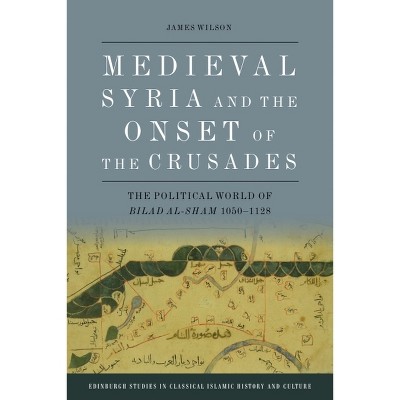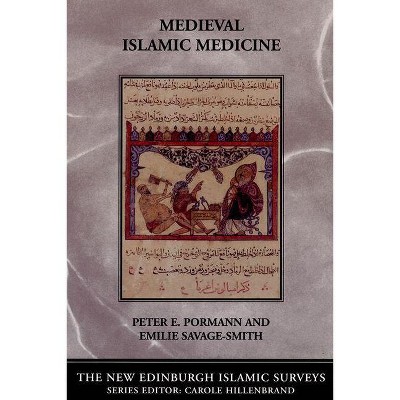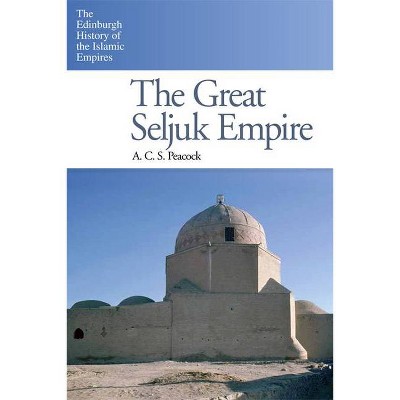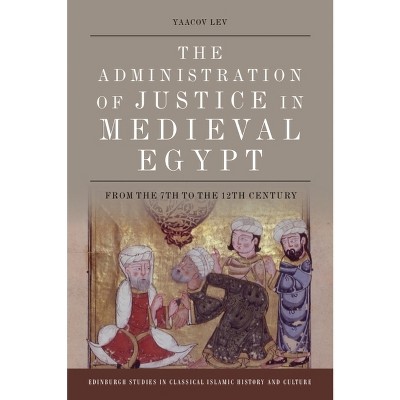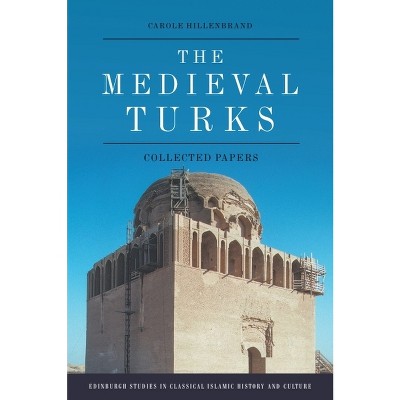Inscriptions of the Medieval Islamic World - (Edinburgh Studies in Islamic Art) by Bernard O'Kane & A C S Peacock & Mark Muehlhaeusler (Hardcover)

About this item
Highlights
- This volume offers an overview of the state of the field, and shows the importance of Islamic inscriptions for disciplines such as art history, history and literature.
- About the Author: Bernard O'Kane is Professor of Islamic Art and Architecture at the American University in Cairo.
- 752 Pages
- Art, Middle Eastern
- Series Name: Edinburgh Studies in Islamic Art
Description
About the Book
Showcases the best recent research on epigraphy across the medieval Islamic world
Book Synopsis
This volume offers an overview of the state of the field, and shows the importance of Islamic inscriptions for disciplines such as art history, history and literature. The chapters range from surveys to detailed exploration of individual topics, providing an insight to some of the most recent cutting-edge work on Islamic inscriptions. It focuses on the period from the rise of Islam to the fifteenth century, ranging across the Islamic world from the Maghreb to India and Central Asia, and inscriptions in Arabic, Persian and Turkish.
The five sections of the book draw together some of the principal themes: 'Royal Power' investigates the role of sultanic patronage in epigraphy, and the use of inscriptions for projecting royal power. 'Piety' examines the relationship between epigraphy and religious practice. 'Epigraphic Style and Function' explores the relationship between the use of specific epigraphic styles and scripts and the function of a monument. 'Inscribed Objects' moves from monumental inscriptions to those on objects such as ceramics and pen-cases. The final section considers the interplay between inscriptions and historical sources as well as the utility of inscriptions as historical sources.
Review Quotes
Inscriptions of the Medieval Islamic World explores the importance of epigraphic languages stretching from Spain to the Crimea between the 7th and 16th century CE. This landmark volume offers fresh interdisciplinary insights on the significance of the written word, prompting renewed attention on one the Islamic world's most pivotal art forms.--Christiane Gruber, University of Michigan
This anthology alerts to the diversity of visual and textual themes in epigraphic cultures of medieval Islam. It demonstrates what we gain from seeing inscriptions in their context of a specific time, place, and function. And it shows the relevance of discussing epigraphy as a historically distinct product across its general taxonomic categories in philology and art history.--Markus Ritter, University of Vienna
About the Author
Bernard O'Kane is Professor of Islamic Art and Architecture at the American University in Cairo. He is the author of Timurid Architecture in Khurasan (1987), Studies in Persian Art and Architecture (1996) and Early Persian Painting (2003); and the editor of Treasures of Islamic Art in the Museums of Cairo (2006).
A.C.S. Peacock is Professor of Middle Eastern and Islamic History at the University of St Andrews, and holds a PhD from the University of Cambridge. His previous publications include The Great Seljuk Empire (2015) and Early Seljuq History (2010).
Mark Muehlhaeusler is a Senior Instructor at the American University in Cairo.
Shipping details
Return details
Trending Art, Photography & Design Books
